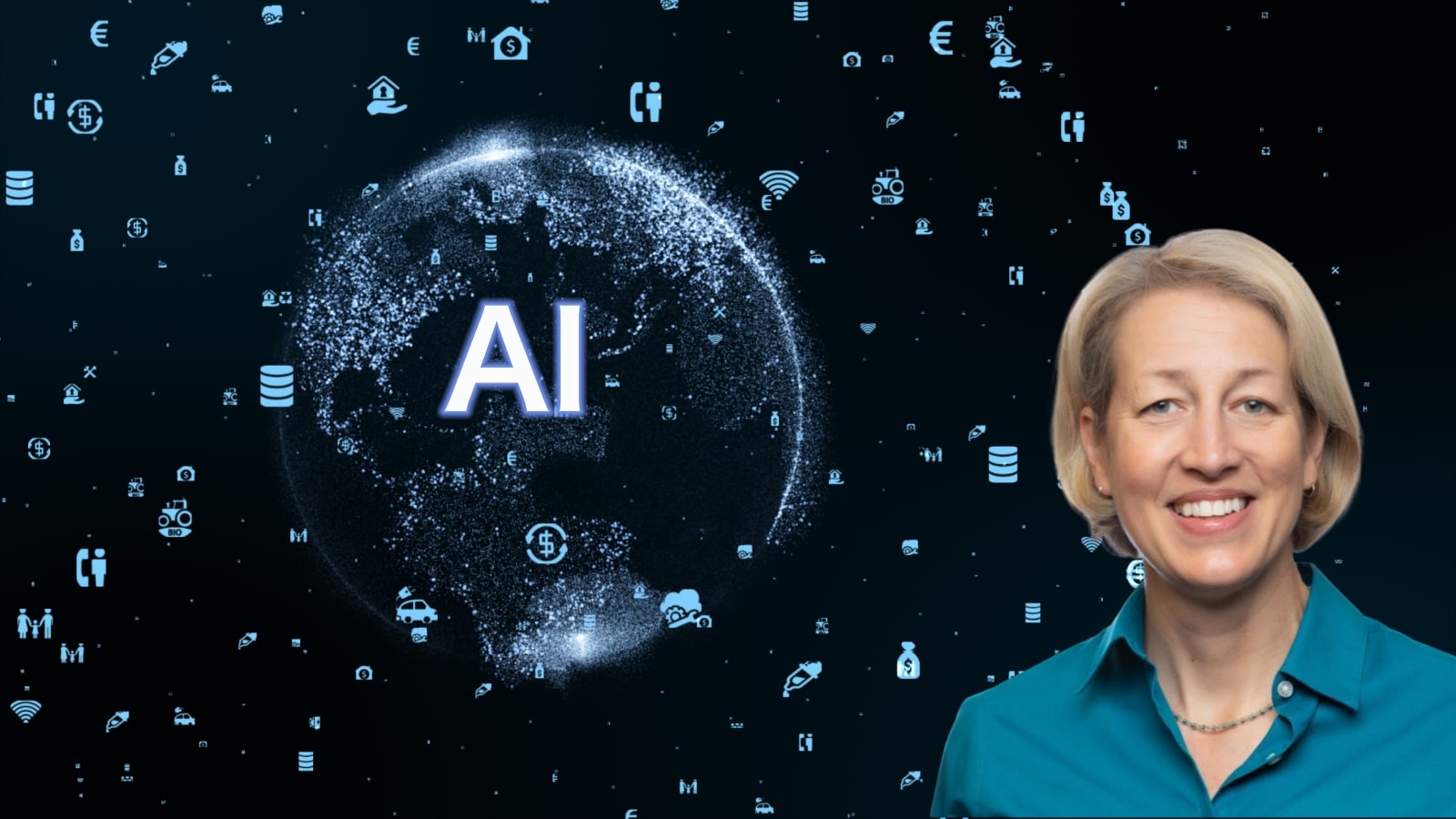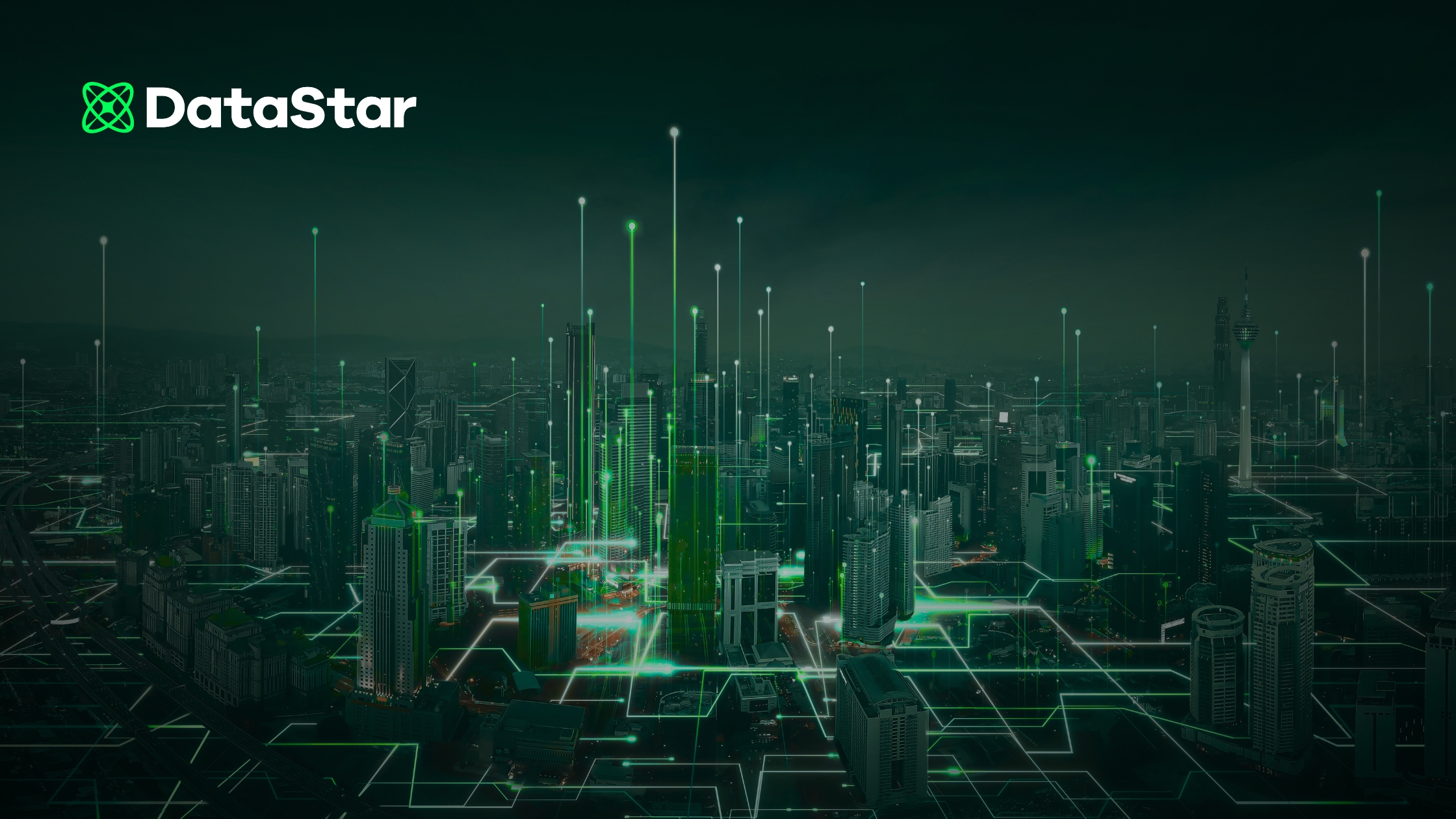
Discover W.I.S.E. A.T. A.I., a practical, human-centered framework by Megan Torrance for adopting AI in the supply chain. Learn how to move from chaotic experimentation to scalable, responsible AI strategies that empower teams and drive real impact.
Published by
Published on
August 6, 2025





AI is revolutionizing work at every level, but adoption is often uneven, overwhelming, or misunderstood. Approximately 50% of supply chain teams are piloting Gen AI, but widespread adoption is still limited. To help executives increase adoption and value from AI, Megan Torrance, founder of TorranceLearning, has created a human-centered, scalable framework for using AI in the workplace: W.I.S.E. A.T. A.I.
Megan recently shared this framework at Optilogic’s annual OptiCon user conference, where many of the attendees are adopting Leapfrog AI for supply chain design.
We asked Megan to share her framework as a blog to help other organizations thoughtfully adopt AI tools, avoid common pitfalls, and build a foundation for long-term impact.
AI is everywhere, but guidance is often either too technical or too vague. Many professionals are already exploring AI on their own with tools like Copilot, ChatGPT, or Perplexity, yet uncertainty remains around how to implement AI in a structured, scalable way.
Chasing quick wins with AI might offer short-term value, but those tactics are fragmented, unmeasured, and rarely scalable. To unlock lasting impact, organizations need to move beyond experimentation and start building frameworks that can grow and adapt with the technology.
AI affects organizations at different levels. These three “impact zones” can help identify where AI is influencing your business today, and who should take the lead in the implementation.
This zone includes AI tools that boost personal workflow — like Copilot recapping meetings or Perplexity answering queries. This may be company-driven or individual and team efforts to boost productivity.
Optilogic’s Leapfrog AI is an ideal tool to simplify and speed up a supply chain design practitioner’s daily work—whether they are an expert or a beginner. Overall, companies benefit from teams that can move faster, on-board new staff more quickly, and spend more of their time on work that directly addresses company goals.
Zone 2: Shareable Work-Enhanced Products
Here, AI helps teams create shareable outputs – like summaries, slides, or embedded apps – that simplify collaboration and support better decision making downstream. And … the impact is greater.
This is when your work is affected by external or systematic changes like new products, regulations, or AI implementation elsewhere.
It’s important to recognize that these impact zones are not sequential. They continuously overlap and influence one another in real time.
At the core of responsible AI adoption is this easy-to-remember framework:
Use AI for tasks it is well-suited for—not for everything. It often struggles with logic, math, and nuance, and its outputs can be misleading if taken at face value. Just because an AI model sounds confident doesn’t mean it’s correct; that confidence is a product of how it’s been trained, not a guarantee of accuracy.
Check your data inputs and output fairness and completeness. AI is trained on biased human data, so its results can reflect that.
Protect sensitive data such as employee records, customer info, and proprietary systems. You want to work only with vendors who prioritize and are transparent about data privacy.
AI systems need to offer fair access, respect data consent, and properly compensate creators. It’s also important to track and address usage gaps across race, gender, and age. Disparities are already emerging – not just in who builds these tools, but in who can use them.
If your AI project fails or causes harm, who’s responsible? Organizations need to plan for crisis and recovery scenarios addressing not just technical failures, but also ethical and operational implications that follow.
Make it clear that AI is being used, what models power your tools and where your data comes from. Transparency builds trust in and provides clarity to the information you’re presenting.
Putting an AI framework into practice requires structure, consistency, and a focus on team readiness. Torrance Learning’s approach starts with ensuring every team member builds a solid foundation of AI literacy before getting access to approved tools. This creates a shared baseline of understanding and reduces the risk of misuse or confusion. Maintaining a library of prompts, wins, and failures can also be beneficial in creating a feedback loop that helps teams learn and evolve together.
Adopting AI into your workflow requires a phased approach, typically moving through three stages:
AI training isn’t a one-and-done exercise. Tools evolve, risks shift, and prompt strategies change rapidly. Operating on outdated assumptions can become a liability to both the user and the organization.
AI can enhance the way we work, but it doesn’t replace human experience. Building AI competence often goes together with strengthening human connection – whether through team coaching or ethical conversations around bias and consent. The most effective AI strategies don’t just focus on tools; they foster a culture where people can learn and grow together.
AI is revolutionizing work at every level, but adoption is often uneven, overwhelming, or misunderstood. Approximately 50% of supply chain teams are piloting Gen AI, but widespread adoption is still limited. To help executives increase adoption and value from AI, Megan Torrance, founder of TorranceLearning, has created a human-centered, scalable framework for using AI in the workplace: W.I.S.E. A.T. A.I.
Megan recently shared this framework at Optilogic’s annual OptiCon user conference, where many of the attendees are adopting Leapfrog AI for supply chain design.
We asked Megan to share her framework as a blog to help other organizations thoughtfully adopt AI tools, avoid common pitfalls, and build a foundation for long-term impact.
AI is everywhere, but guidance is often either too technical or too vague. Many professionals are already exploring AI on their own with tools like Copilot, ChatGPT, or Perplexity, yet uncertainty remains around how to implement AI in a structured, scalable way.
Chasing quick wins with AI might offer short-term value, but those tactics are fragmented, unmeasured, and rarely scalable. To unlock lasting impact, organizations need to move beyond experimentation and start building frameworks that can grow and adapt with the technology.
AI affects organizations at different levels. These three “impact zones” can help identify where AI is influencing your business today, and who should take the lead in the implementation.
This zone includes AI tools that boost personal workflow — like Copilot recapping meetings or Perplexity answering queries. This may be company-driven or individual and team efforts to boost productivity.
Optilogic’s Leapfrog AI is an ideal tool to simplify and speed up a supply chain design practitioner’s daily work—whether they are an expert or a beginner. Overall, companies benefit from teams that can move faster, on-board new staff more quickly, and spend more of their time on work that directly addresses company goals.
Zone 2: Shareable Work-Enhanced Products
Here, AI helps teams create shareable outputs – like summaries, slides, or embedded apps – that simplify collaboration and support better decision making downstream. And … the impact is greater.
This is when your work is affected by external or systematic changes like new products, regulations, or AI implementation elsewhere.
It’s important to recognize that these impact zones are not sequential. They continuously overlap and influence one another in real time.
At the core of responsible AI adoption is this easy-to-remember framework:
Use AI for tasks it is well-suited for—not for everything. It often struggles with logic, math, and nuance, and its outputs can be misleading if taken at face value. Just because an AI model sounds confident doesn’t mean it’s correct; that confidence is a product of how it’s been trained, not a guarantee of accuracy.
Check your data inputs and output fairness and completeness. AI is trained on biased human data, so its results can reflect that.
Protect sensitive data such as employee records, customer info, and proprietary systems. You want to work only with vendors who prioritize and are transparent about data privacy.
AI systems need to offer fair access, respect data consent, and properly compensate creators. It’s also important to track and address usage gaps across race, gender, and age. Disparities are already emerging – not just in who builds these tools, but in who can use them.
If your AI project fails or causes harm, who’s responsible? Organizations need to plan for crisis and recovery scenarios addressing not just technical failures, but also ethical and operational implications that follow.
Make it clear that AI is being used, what models power your tools and where your data comes from. Transparency builds trust in and provides clarity to the information you’re presenting.
Putting an AI framework into practice requires structure, consistency, and a focus on team readiness. Torrance Learning’s approach starts with ensuring every team member builds a solid foundation of AI literacy before getting access to approved tools. This creates a shared baseline of understanding and reduces the risk of misuse or confusion. Maintaining a library of prompts, wins, and failures can also be beneficial in creating a feedback loop that helps teams learn and evolve together.
Adopting AI into your workflow requires a phased approach, typically moving through three stages:
AI training isn’t a one-and-done exercise. Tools evolve, risks shift, and prompt strategies change rapidly. Operating on outdated assumptions can become a liability to both the user and the organization.
AI can enhance the way we work, but it doesn’t replace human experience. Building AI competence often goes together with strengthening human connection – whether through team coaching or ethical conversations around bias and consent. The most effective AI strategies don’t just focus on tools; they foster a culture where people can learn and grow together.
Fill out the form to unlock the full content
Lorem ipsum dolor sit amet, consectetur adipiscing elit. Suspendisse varius enim in eros elementum tristique. Duis cursus, mi quis viverra ornare, eros dolor interdum nulla, ut commodo diam libero vitae erat. Aenean faucibus nibh et justo cursus id rutrum lorem imperdiet. Nunc ut sem vitae risus tristique posuere.

.png)

.png)
